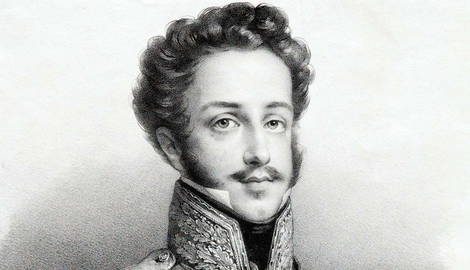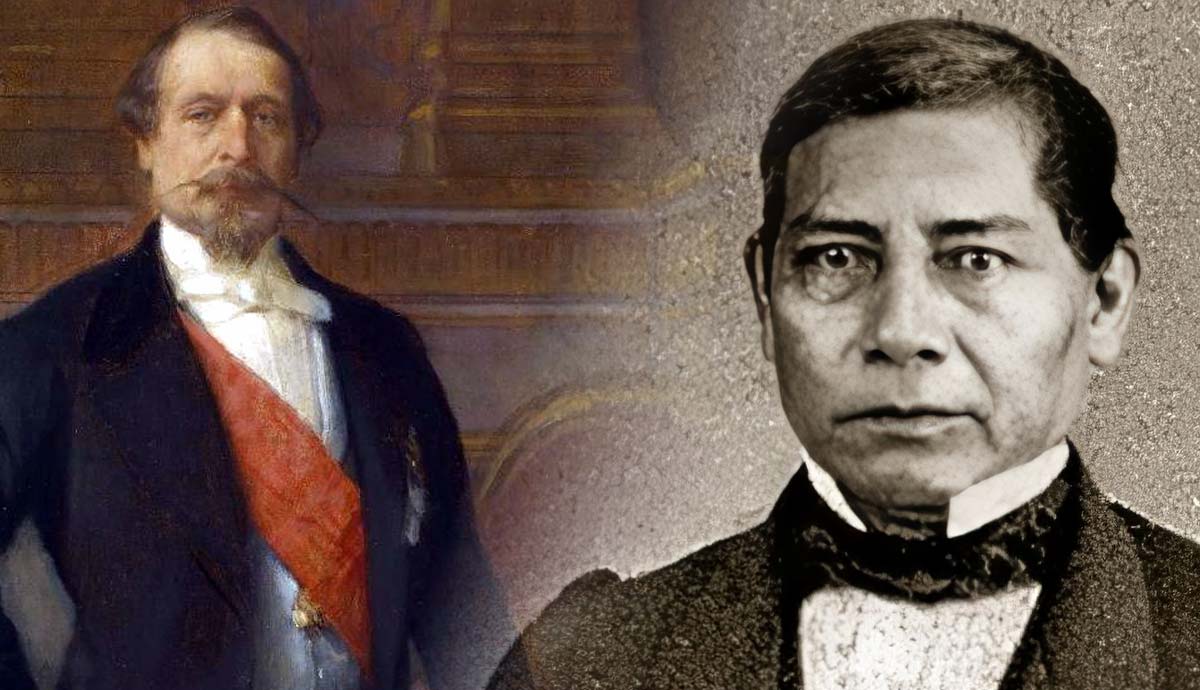
Pedro I was born a Portuguese prince, but he defied his family and his homeland to lead Brazil to independence, becoming the new empire’s first emperor. Pedro I’s reign, however, was plagued by military defeat and internal unrest. In 1831 Pedro I abdicated as emperor of Brazil to return to Portugal and lead the liberal cause to victory in Portugal’s Civil War. Pedro I died shortly thereafter in 1834. Today, he enjoys a positive legacy in both Brazil and Portugal.
Pedro I: Early Life in Portugal and Flight to Brazil
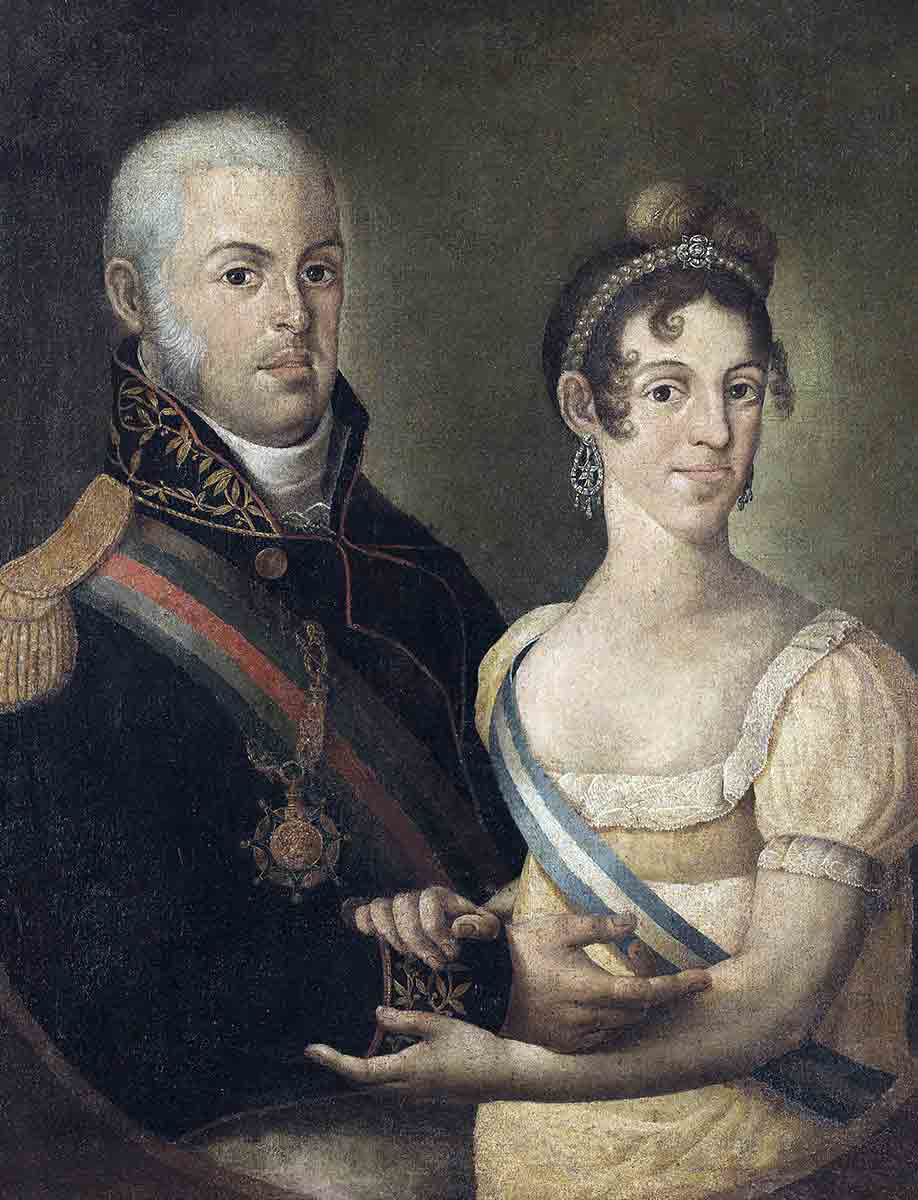
Pedro I was born in 1798 to the future King John VI of Portugal and his wife Carlota Joaquina of Spain. At the time of his birth, Pedro I was known as Dom Pedro, using the Portuguese honorific “dom” meaning “Lord.” In 1801, following the death of his older brother, Dom Pedro became his father’s heir and thus second in line to the Portuguese throne.
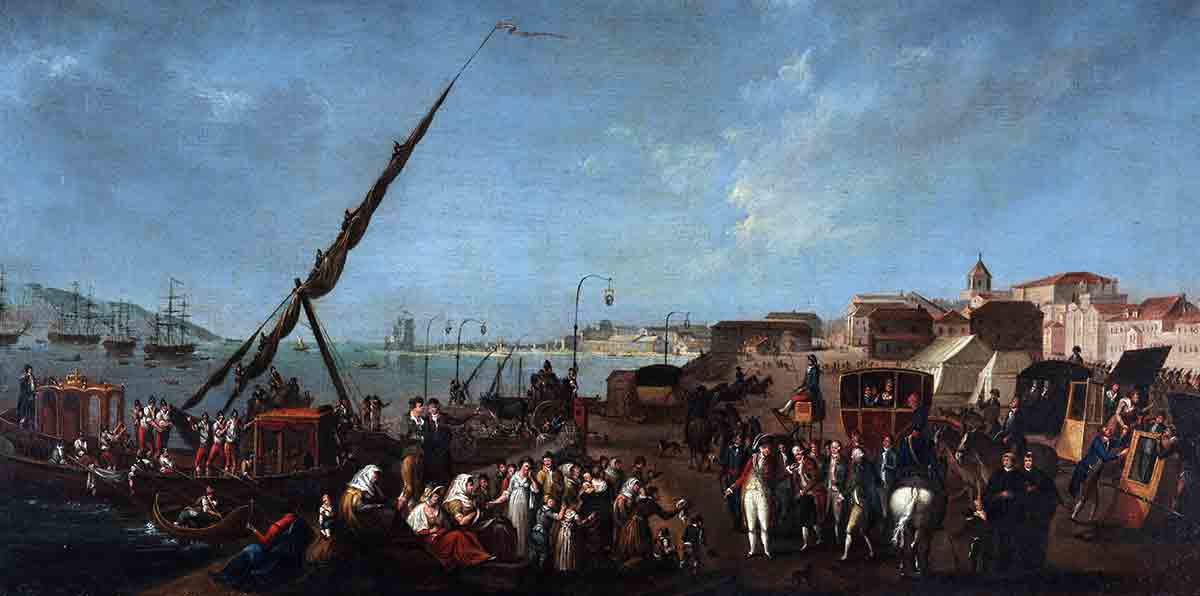
In 1807, the young prince’s life in Portugal was thrown into turmoil when Napoleon’s forces invaded. Dom Pedro’s father, serving as the Prince Regent of Portugal, made the bold decision to evacuate the government and royal family to Portugal’s colony, Brazil. The young Dom Pedro, and nearly 10,000 members of the Portuguese elite, including government officials, nobles, and military officers, sailed to Rio de Janeiro under the protection of a British fleet.
Dom Pedro could not have known it at the time, but it would be 25 years before he once again set foot in his homeland.
The Portuguese Royal Family in Brazil
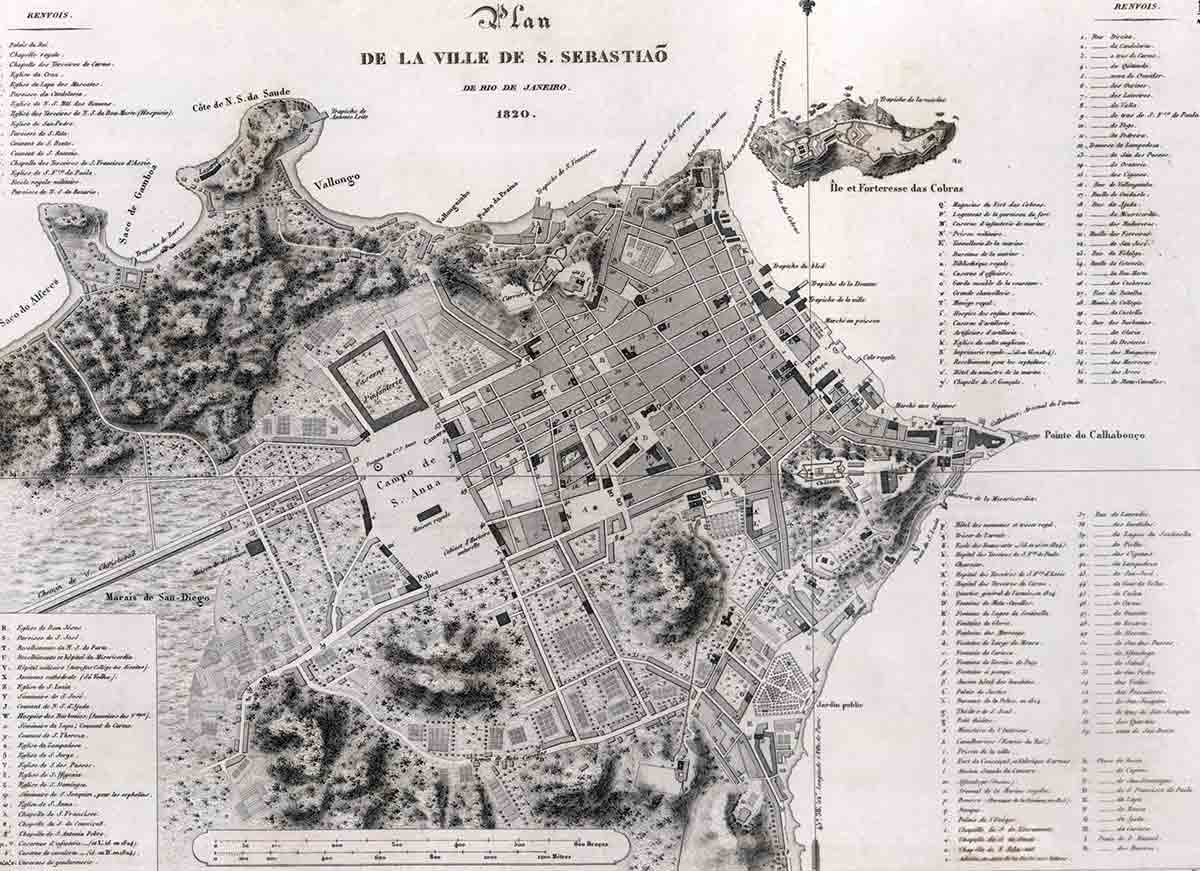
The arrival of the Portuguese royal family and government in Brazil transformed the colony overnight. Brazil enjoyed a major economic boom because of the influx of thousands of educated and wealthy Portuguese combined with the repeal of restrictions on trade and commerce.
Dom Pedro and the rest of the Portuguese royal family were generally very popular amongst Brazilians, who appreciated the positive influence the presence of the royal family was having on the colony’s development. The feeling was reciprocated by Dom Pedro and his father, the Prince Regent, who fully embraced life in Brazil.
In fact, to the growing consternation of his government, and despite the fact that Napoleon had been defeated at Waterloo in 1815, the Prince Regent made no effort to return to Portugal.
Pedro I: Brazil’s Prince Regent
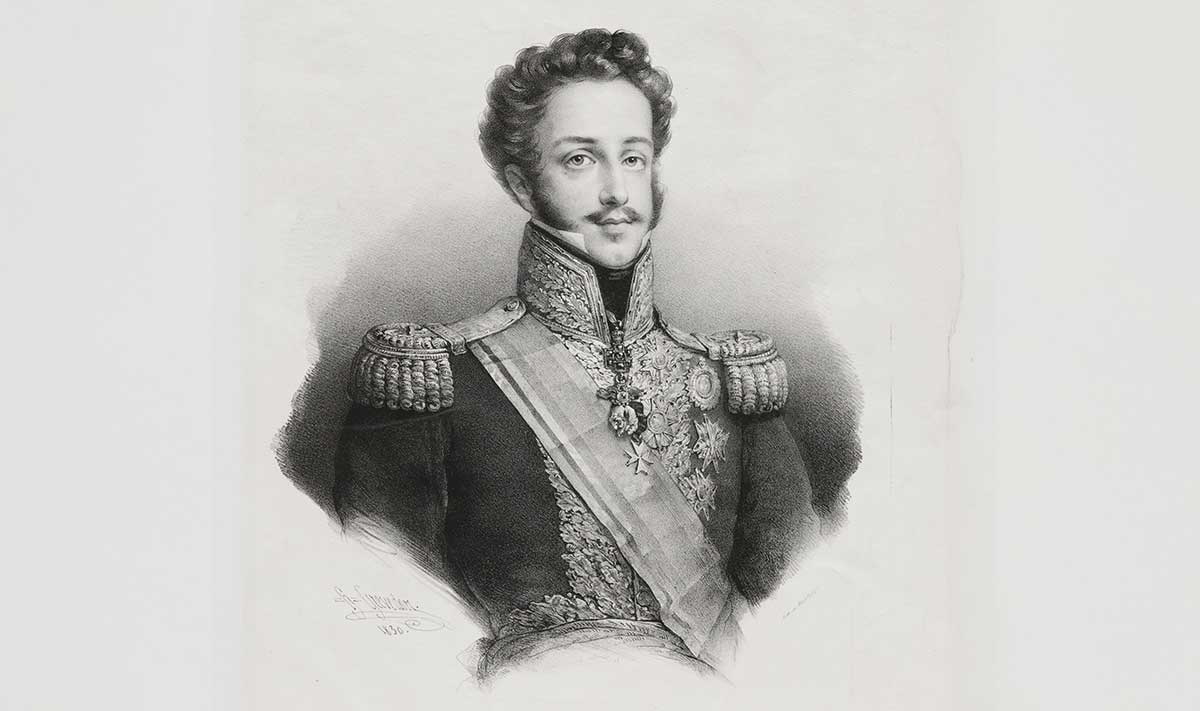
In December 1816, Pedro I’s father became King John VI but still refused to leave Rio de Janeiro, resulting in a unique situation where a European country was ruled by a monarch living in South America. Meanwhile, Portugal was in chaos after enduring years of French occupation and the absence of an effective government.
Matters came to a head in August 1820 when the Liberal Revolution broke out in Portugal. The revolutionaries summoned a Cortes, a legislative assembly, to draft a new constitution. The Cortes demanded the return of King John VI to Portugal. When Portuguese soldiers stationed in Rio de Janeiro revolted and proclaimed their loyalty to the Cortes, it was clear the king had to return to Portugal or risk being deposed. On April 25, 1821, King John VI reluctantly boarded a ship for Lisbon.
King John VI declared his popular son and heir, Dom Pedro, as his regent in Brazil. Allegedly, before leaving for Lisbon, the king advised Dom Pedro that Brazilian independence was inevitable and that when the moment came, he should seize the crown of Brazil.
Pedro I and Brazil Declare Independence
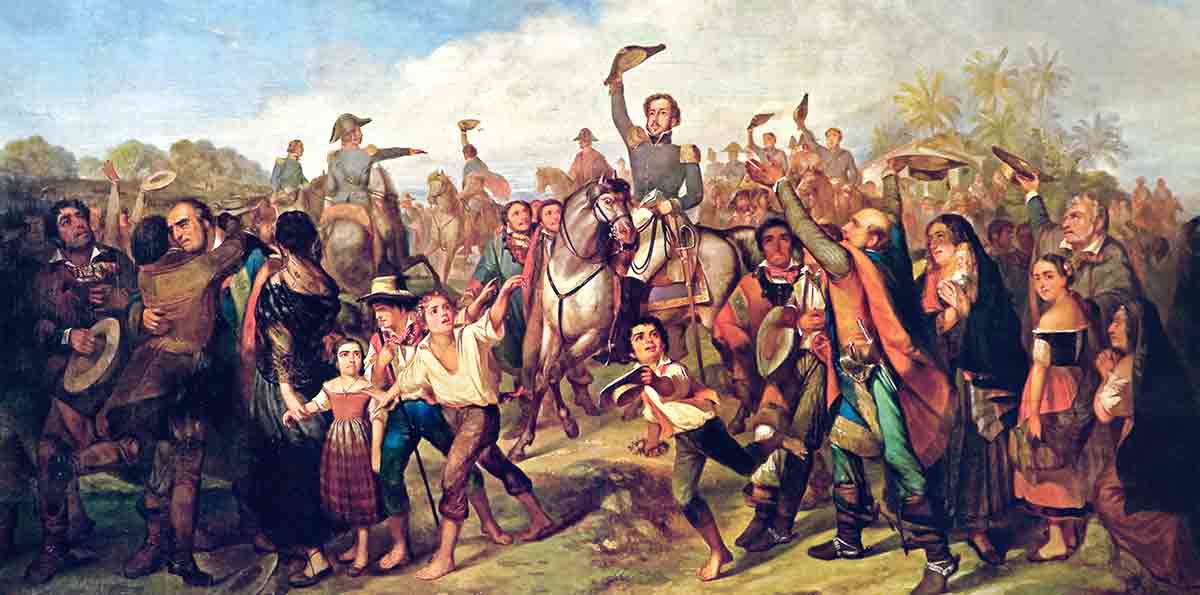
The Cortes was determined to restore Portugal to the stature it enjoyed prior to the Napoleonic Wars. To accomplish this objective, the Cortes believed it was necessary to restore Portugal’s domination over Brazil. The Cortes further stated its intention to restore Portugal’s monopoly over trade with Brazil and demanded Dom Pedro’s return to Portugal.
Brazilians reacted with outrage and urged Dom Pedro to refuse the Cortes’ demands. Dom Pedro agreed and informed the Cortes that he would not leave Brazil. In response, the Cortes stripped Dom Pedro of his powers as regent and demanded his immediate return to Portugal.
Dom Pedro was informed of the Cortes’ order on September 7, 1822, while travelling along the banks of the Ipiranga brook. He sensed that the moment his father had warned him about had finally come. In an event that became known as the Cry of Ipiranga, Dom Pedro proclaimed Brazil’s independence from Portugal and declared that from that day forward, the only choice for Brazil was independence or death.
Dom Pedro Becomes Emperor Pedro I
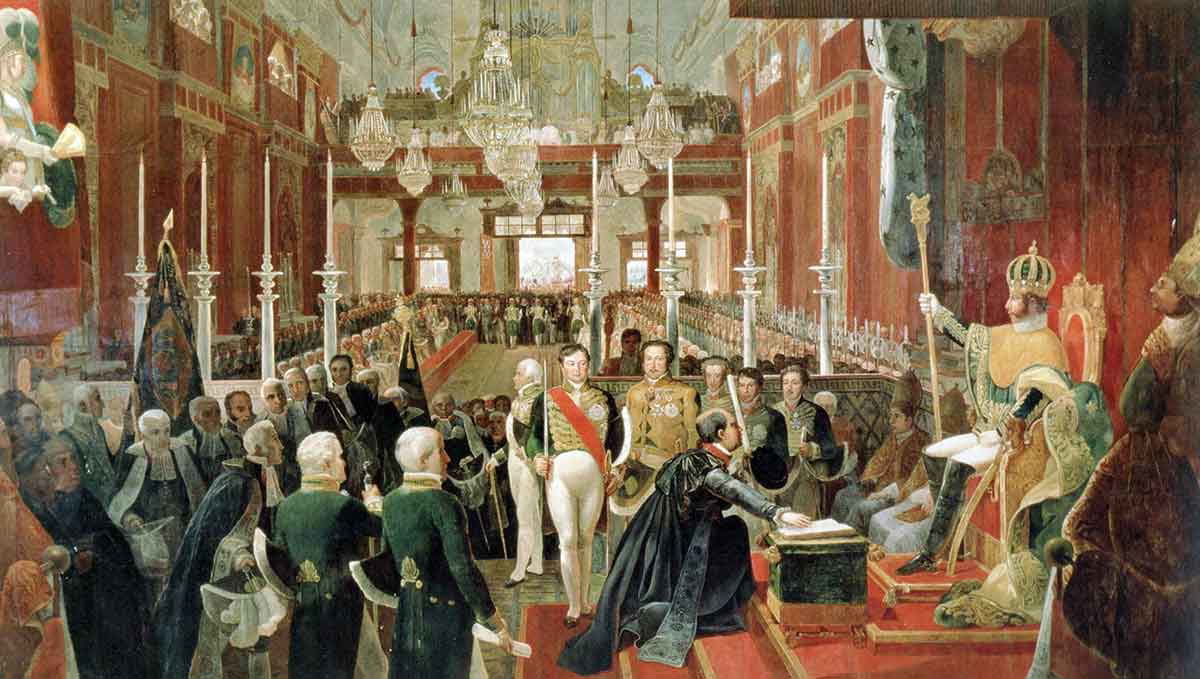
Pedro I’s ascension as emperor was not universally accepted. Portugal viewed Pedro I’s declaration of Brazil’s independence as a rebellion. However, after years of fighting Napoleon, it was in no position to send significant reinforcements to Brazil. Moreover, King John VI of Portugal was not enthusiastic about fighting his son or Brazil, a country he loved and regretted being compelled to leave.
By 1824 Pedro I’s forces, aided by British mercenaries such as Lord Thomas Cochrane, were able to compel the remaining Portuguese garrisons in Brazil to surrender. The 1825 Treaty of Rio de Janeiro between Portugal and Brazil ended the Brazilian War of Independence. Pursuant to the terms of the treaty Portugal recognized Brazil’s independence and Pedro I’s title as Emperor of Brazil.
Pedro I’s Troubled Reign

Although Pedro I emerged victorious from the Brazilian War of Independence, his reign as emperor was troubled. From the moment it began, Pedro I faced growing divisions over the form of government the new country should adopt.
The constitution of the Empire of Brazil gave significant powers to an elected legislative assembly and regional governments. The emperor had the power to select his ministers and veto legislation.
Pedro I was not an absolutist, and the constitution of the Empire of Brazil was one of the most liberal constitutions in the world at the time. However, many liberals continued to believe that the constitution gave the emperor far too much power.
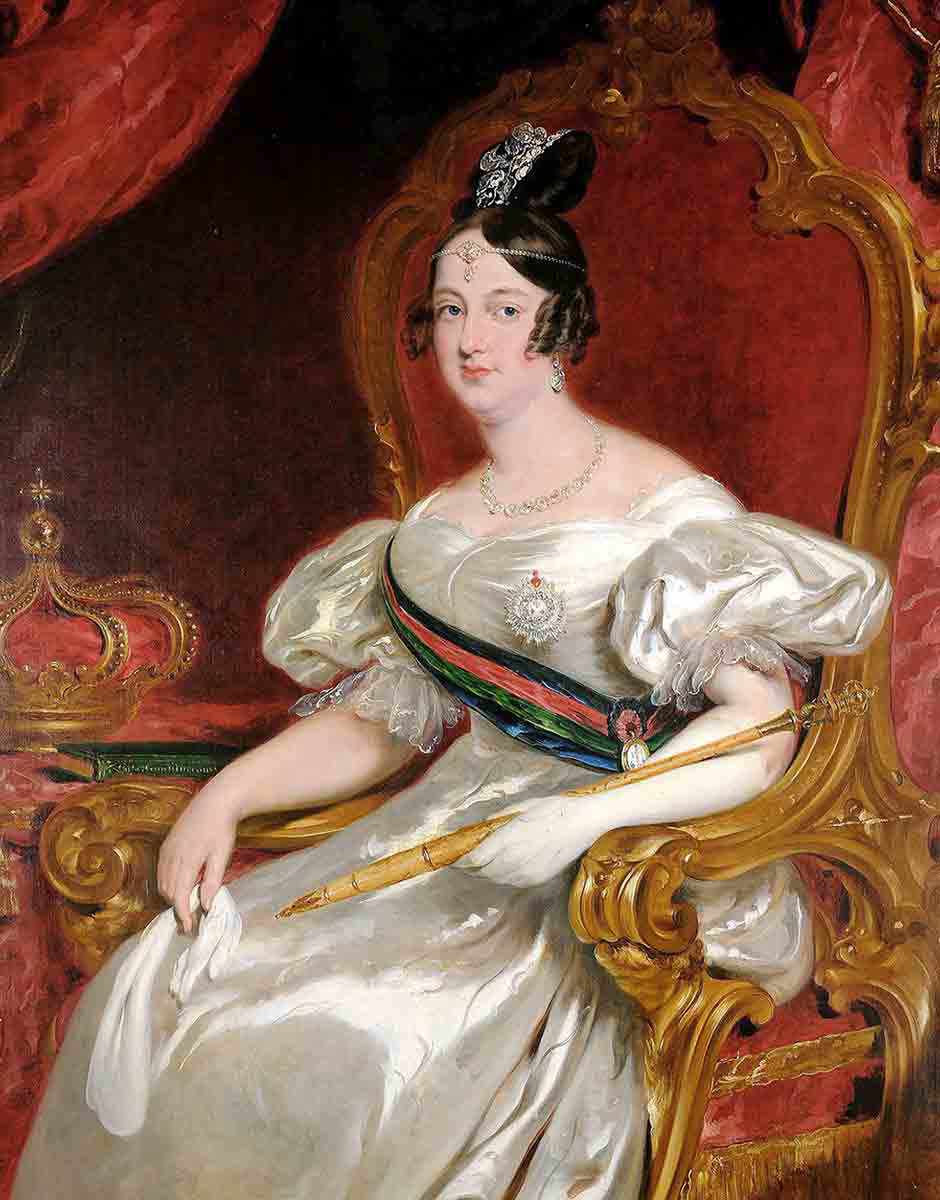
Pedro I was also accused, justifiably, by his opponents of not having renounced his interest in the affairs of Portugal. The emperor’s ongoing entanglement with Portugal became starkly apparent when King John VI of Portugal died on March 10, 1826. On his father’s death, Pedro I became both the emperor of Brazil and King Pedro IV of Portugal. The crowns of Portugal and Brazil were therefore reunited less than a year after the signing of the Treaty of Rio de Janeiro.
Pedro I recognized that he could not possibly retain both crowns and within two months had abdicated as king of Portugal in favor of his daughter, Maria, who became Queen Maria II. Nevertheless, Pedro I continued to interfere in Portuguese affairs by giving advice to Maria II and issuing orders to officials in Portugal.
While Pedro I always remained loyal to Brazil, his obvious involvement in Portuguese affairs enabled his opponents to spread rumors that he was conspiring to reintroduce Portuguese rule over Brazil. These rumors, while unfounded, severely damaged his popularity.
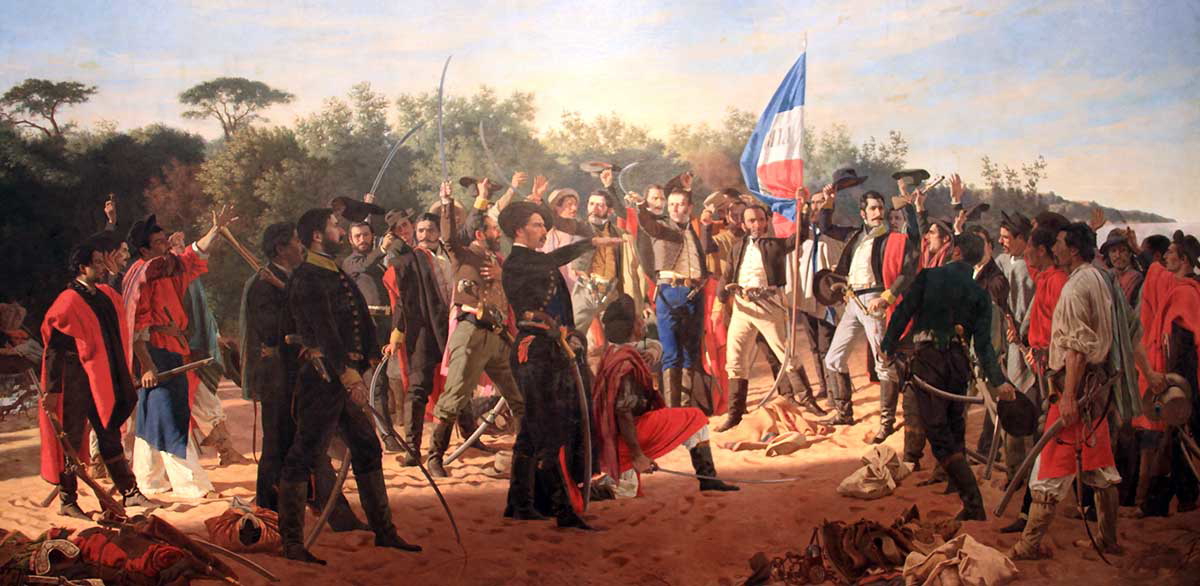
Pedro I’s reign was also beset by defeat in war. In 1825, a revolt broke out in the empire’s Cisplatina Province. The rebels were supported by the United Provinces of the Río de la Plata, the precursor to modern Argentina. The resulting conflict became known as the Cisplatine War.
Pedro I’s forces quickly achieved naval superiority over the rebels and the United Provinces, but the emperor was unable to muster sufficient forces to achieve a decisive victory on land.
In 1827 Brazilian forces suffered a major defeat at the Battle of Ituzaingó during a counteroffensive aimed at recapturing the Cisplatina Province. The spiraling cost of the war, combined with the inability of his forces to achieve victory on land, led Pedro I to agree to a peace treaty in 1828. The treaty recognized the independence of the Cisplatina Province, which became the new nation of Uruguay, while the defeat further increased opposition to Pedro I.
Pedro I’s Abdication and Return to Portugal
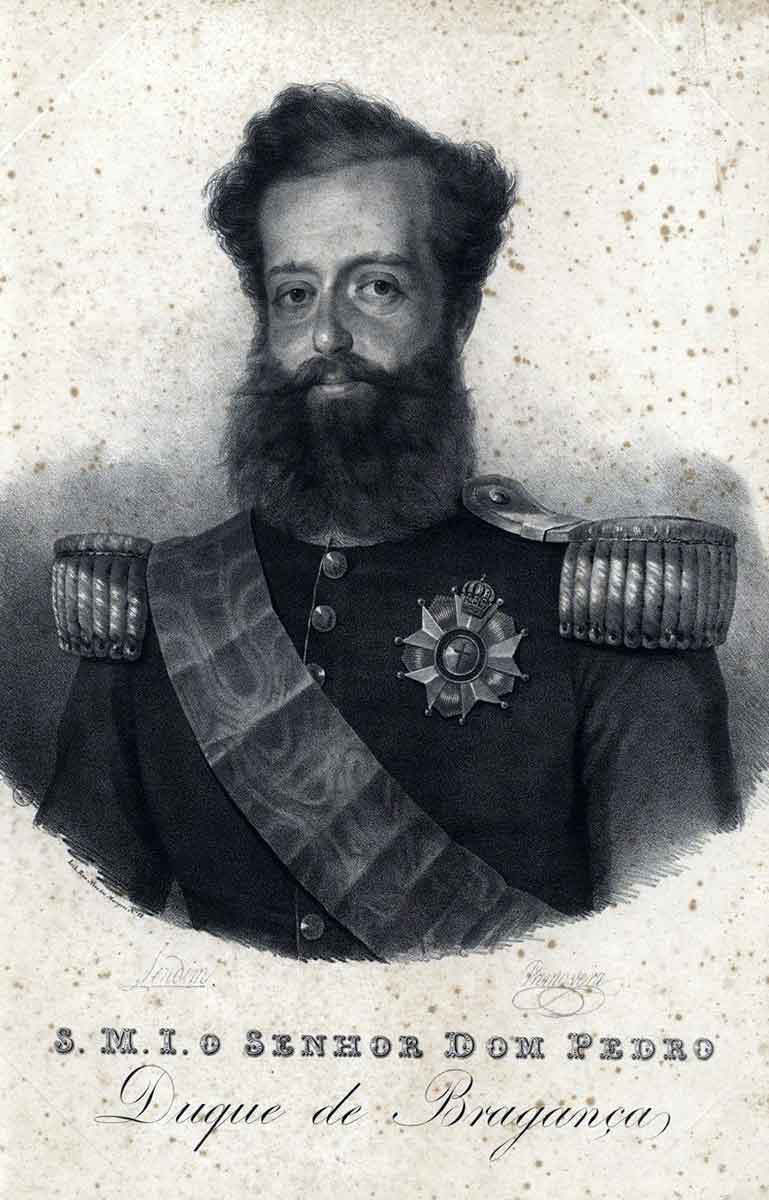
The dispute over Brazil’s constitution, the emperor’s ongoing meddling in Portuguese affairs, and the defeat in the Cisplatine War all seriously damaged Pedro I’s popularity. Meanwhile, in 1828 Pedro I’s daughter, Queen Maria II, was usurped as Portugal’s monarch by Pedro I’s brother Miguel, who sought to restore absolutism to Portugal. Following the overthrow of his daughter, her supporters traveled to Brazil to beseech Pedro I to lead Portugal’s liberal forces against Miguel in what had become the Portuguese Civil War.
For the first time, Pedro I began to seriously consider the possibility of abdicating and returning to Portugal to fight in the Portuguese Civil War. In March 1831, Rio de Janeiro was plunged into chaos when a street battle broke out between supporters of Pedro I and supporters of the opposition. Pedro I tried to defuse the riots by appointing new ministers, which had little effect. When news reached Pedro I that soldiers were defecting to the opposition, he realized that he must abdicate to preserve the Brazilian monarchy.
On April 7, 1831, Pedro I abruptly abdicated as emperor of Brazil in favor of his son, Pedro II. Pedro I, now once again just Dom Pedro, then boarded a British warship bound for Europe, determined to restore his daughter to the Portuguese throne.
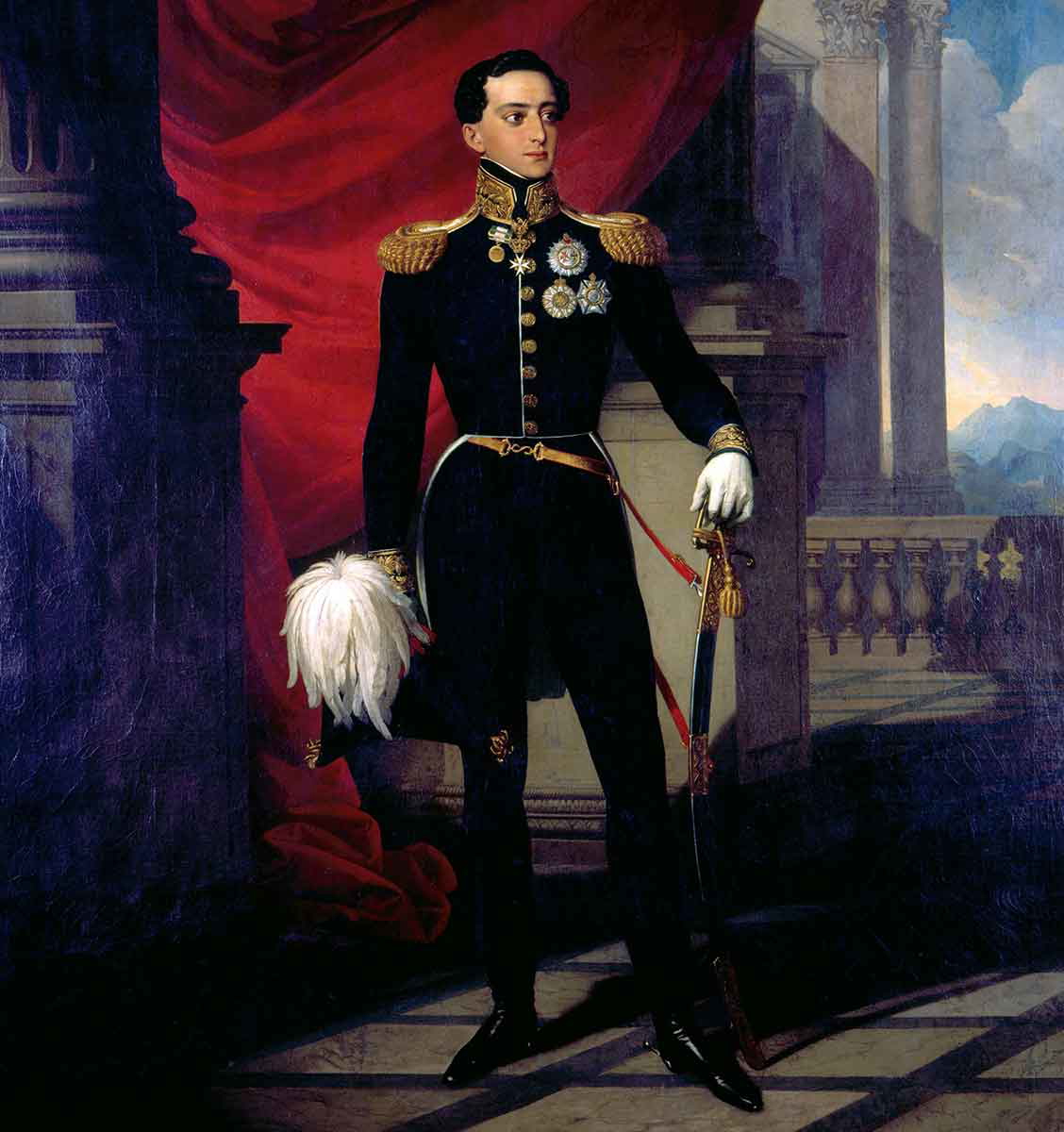
In Europe, he found a desperate situation for the Portuguese liberals who supported his daughter. The only Portuguese territory under their control was the Azores islands. However, Pedro I set to work and in 1832 his greatly outnumbered army landed in mainland Portugal and seized the city of Porto. Dom Pedro was now back in mainland Portugal for the first time since 1807.
Miguel’s forces besieged Porto and Dom Pedro and his mane for more than a year. During this time Dom Pedro demonstrated his personal bravery by manning the front lines and living with the common soldiers. In 1833, after dividing his forces and launching a daring amphibious invasion of southern Portugal, Dom Pedro captured Lisbon and forced Miguel to sue for peace, thus restoring his daughter to the throne.
Pedro I’s Legacy in Brazil and Portugal
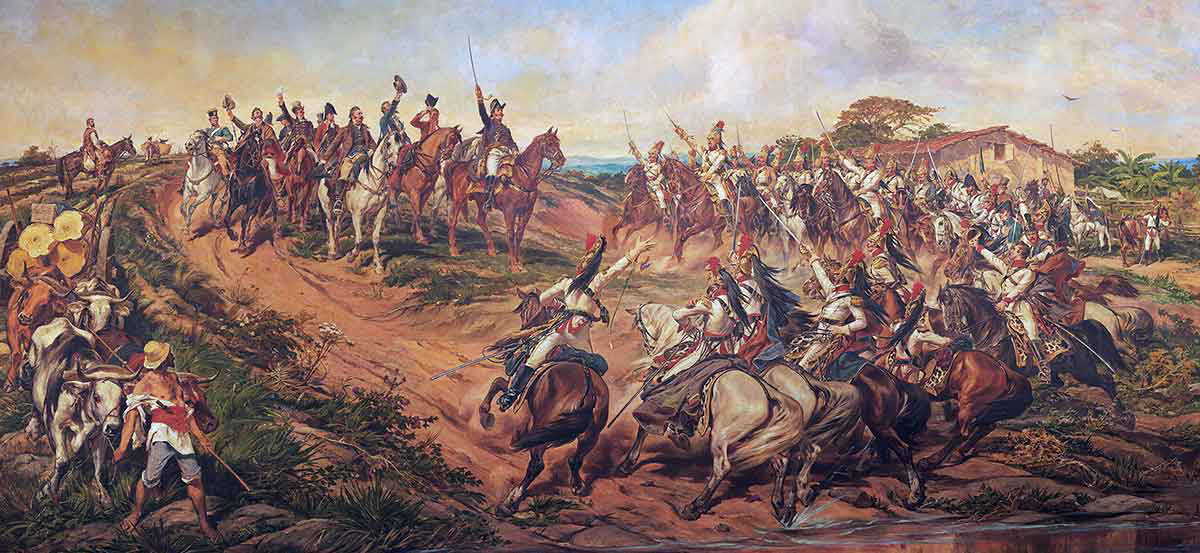
Dom Pedro died of tuberculosis on September 24, 1834, in the royal palace in which he had been born, shortly after achieving victory in Portugal’s Civil War. While no longer emperor of Brazil or king of Portugal, at the time of his death he could take satisfaction in the fact that his son Pedro II, and his daughter, Maria II, were secure in their titles.
Dom Pedro is remembered fondly in both Portugal and Brazil. In Portugal, he is remembered as leading the fight against the absolutism of his brother Miguel. In Brazil, he is remembered as a flawed ruler who, while unable to enjoy a successful reign, led Brazil to independence.
